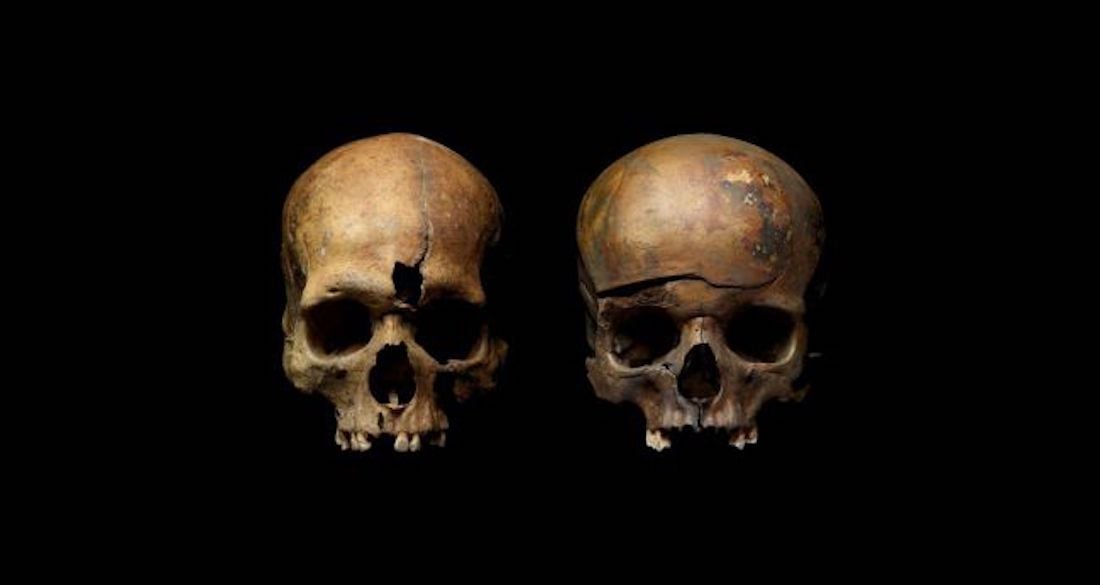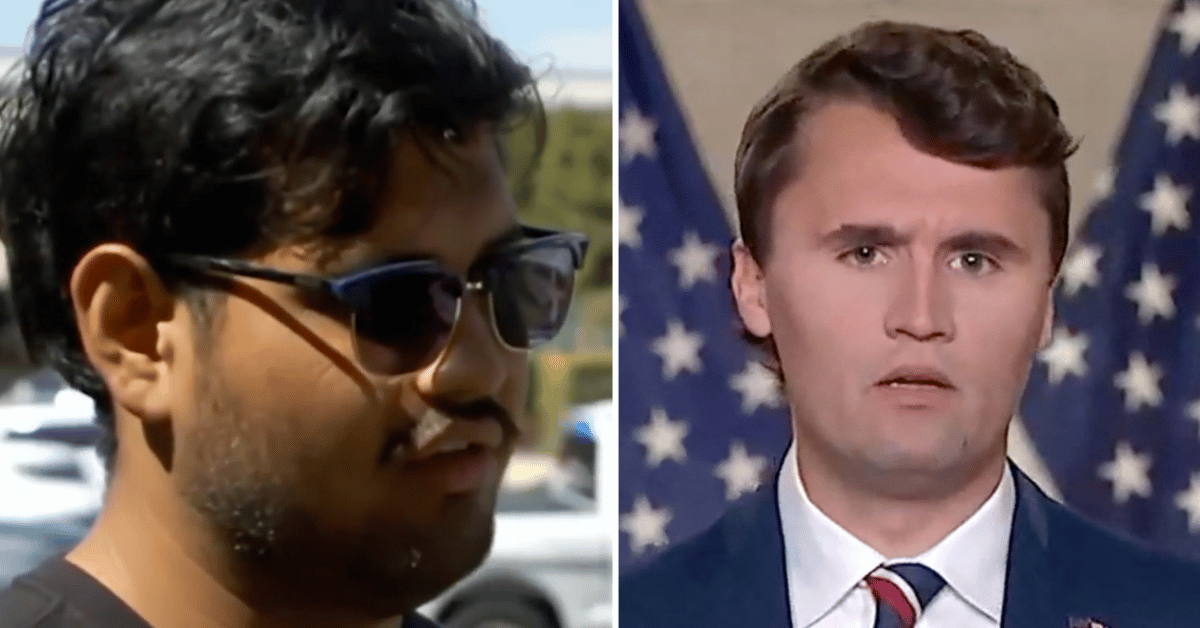Buried Secrets of a 13th-Century Massacre: What Archaeologists Discovered Beneath the ‘City Drowned in Blood’
Fittingly, Engovatova described Yaroslavl after the attack as a “city drowned in blood.” The skeletons of the three family members as well as the remains of the other victims — including punctured, broken, and burned bones in the hundreds of buried bodies — certainly suggest that to be true.
After learning about the Mongol bloodbath at Yaroslavl, discover the most fascinating facts about Genghis Khan. Then, learn about Khutulun, the fearsome great-great-granddaughter of Genghis Khan.













